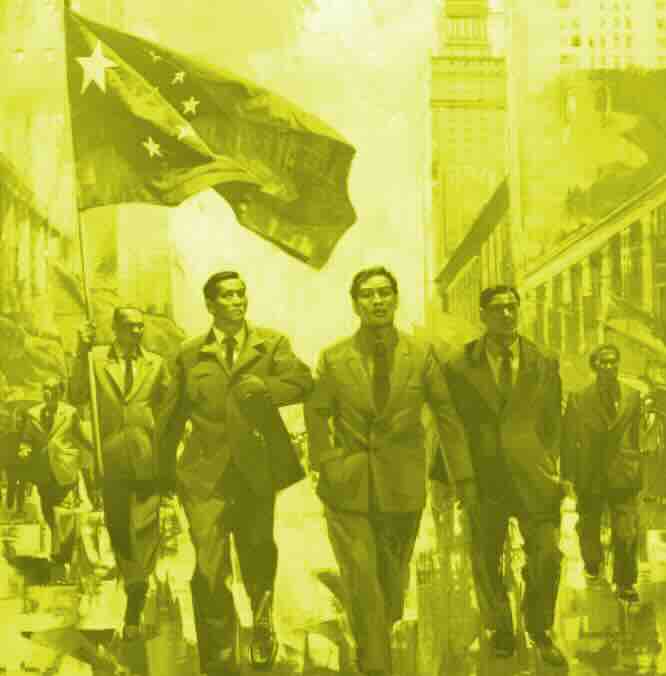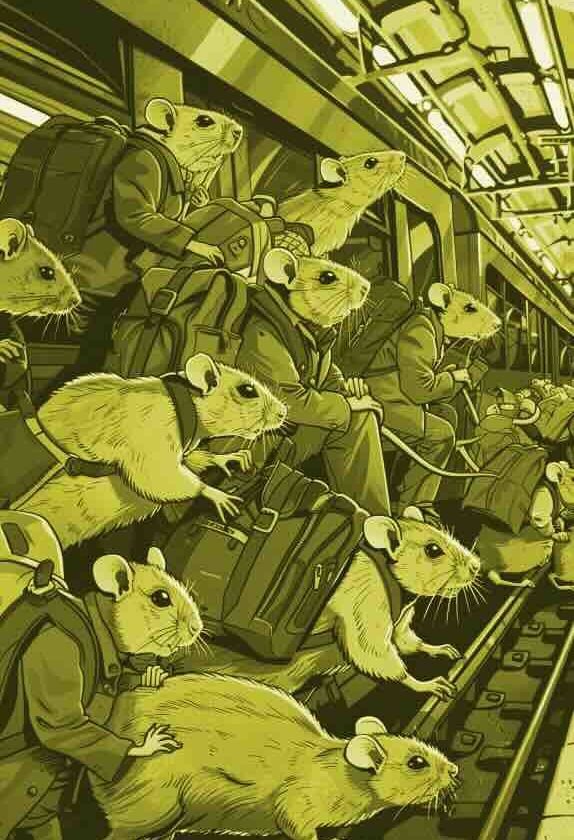From the age of bestiaries to the present day
The Middle Ages is an interesting period in that it reflects the coexistence of different influences, both pagan and Christian. One of the manifestations of the persistence of pagan influences is the existence of bestiaries, which in themselves constitute a historiographical material.
The bestiaries represented works listing the known beasts of the time, whether real (wolf, bear, deer etc.) or mythical (unicorn, dragon etc.). Their purpose, among others, was to establish the alleged characteristics of each of these animals. According to the Latin term, animals (anima meaning “air, breath, soul”, but here more exactly “animated beings”) are divided between men (homo) and beasts (bestia).
We can thus see that there is an immediate etymological root between the words “soul” and “animal” due to the very fact that the first Latins and then the Romans were pagans for a long part of their history, their worship evolving during their annexations. Thus, we notice two important facts: a Hellenization of the Roman pantheon following the conquests of the Greek worlds and then a Christianization due to the baptism of Constantine in the 4th century AD. This subsequent Christianization of the Roman Empire also had the opposite effect, namely a certain paganization of the Christian religion, of which the bestiary is one of the most obvious examples. Many religious books are indeed rich in illustrations of animals that testify to the influence of pagan cults.
The animist approach to wildlife of this period can be summed up in one sentence: animals have a soul, a strength, a power from which to draw inspiration. Thus, this pagan imagination resulted in animal references on the coats of arms of medieval lords, some of which still exist today. This explains the presence of 6 leopards (twice the coats of arms of Normandy), two lions and a unicorn on the English coat of arms. Isn’t the eagle still a German symbol today, just as it was the symbol of the Roman Empire? Finally, isn’t there in the Harry Potter saga this reference to the bestiaries through the four houses of Hogwarts, namely Gryffindor, Hufflepuff, Ravenclaw and Slytherin? Each of these houses is represented by an animal which illustrates the features of its students:
Gryffindor: Courage, boldness and strength of spirit…
Hufflepuff: balance, loyalty, consistency and patience
Ravenclaw: wisdom, discernment, erudition and curiosity
Slytherin: Mischief, skill and determination
In passing, we note that the associated values of these houses have their roots in the Middle Ages and the popular imagination of the time.
There is still an animist consciousness in the collective imagination, although it has been greatly reduced since the Middle Ages under the combined effect of Christianisation and Cartesianism (cf. the theory of animal machines, Discourse on Method).
Consequently, can we still see animals as the embodiment of values such as courage or cunning? A fortiori, can we confer on animals a certain nobility as our forefathers did over the centuries?
Two things should be considered: the virtual disappearance of wild animals from modern landscapes and the progress of science.
Numerous scientific studies have demonstrated the existence of an animal sensibility not so far removed from human sensibility, bringing water to the mill of vegetarian or anti-speciesist arguments. There is a growing awareness of the injustices suffered by animals, whether they are used in the food industry (breeding) or in laboratory experiments.
Wild animals have lost some of their aura because of their near extinction. They had long fascinated because some of them could take a man’s life with a paw, a claw or a bite. This lethal trait gave them a prestige that made them somehow superior for some to the common man. The nobility they enjoyed was a direct result of the fear they inspired.
The contemporary situation is quite different, wild animals inspire in most cases only pity and compassion, so how can we attribute any nobility to them?
It can come from anti-speciesist rehabilitation, which is a kind of egalitarianism that ignores the barriers of the species. If we believe that humans can be endowed with a kind of nobility – because of their civilisational or moral character – and that at the same time we recognise an equality of dignity and respect between species – because of the existence of a shared sensibility – then it is entirely possible to envisage an animal nobility that is in fact the expression of the recognition of a shared animality, thus returning to the Latin etymological roots (animal = animate being).










